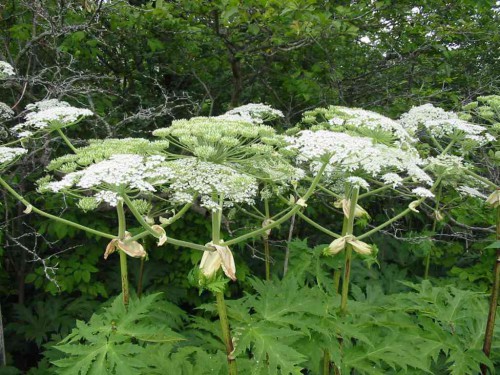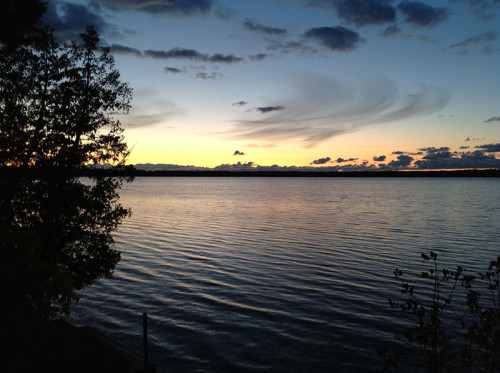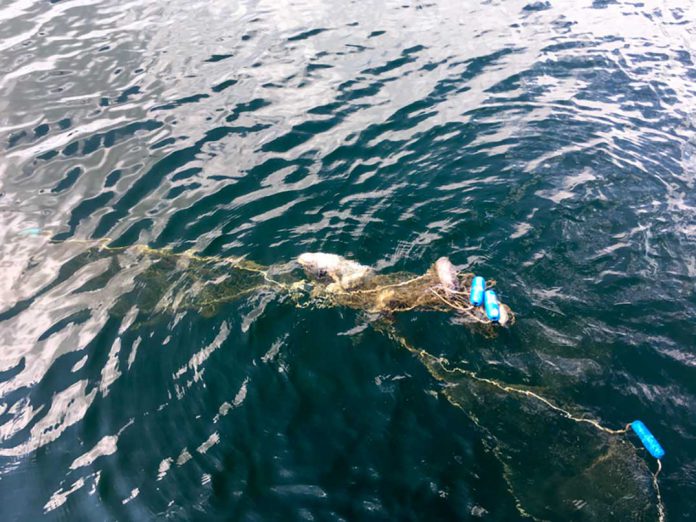CANADA—With the spread of giant hogweed plant in Canada (which includes pockets of areas on Manitoulin Island), the Nature Conservancy of Canada (NCC) is urging people across the country to document sightings of the towering green plant.
“We are urging people to document and report any sightings they have of giant hogweed,” Dan Kraus, a biologist with the NCC, told the Recorder late last week. “The giant hogweed plant is flowering now and is quite easy to identify.”
“So it is a good time for people to document areas where they have seen them (giant hogweed),” said Mr. Kraus. “Especially if these are new areas, as it allows weed inspectors to get in and do the work they need to do before they spread even further.”
“It seems it is spreading more especially in places like the Greater Toronto Area (Authority) and Ottawa and the species is starting to spread around more in other places throughout Canada,” said Mr. Kraus. “There has been a bunch of hogweed sighted in the past on Manitoulin Island, including in the Gore Bay area,” continued Mr. Kraus. “People collect their seeds and plant them, unfortunately. But by moving the plant it can take over natural habitat areas of other plants, can make stream banks susceptible to damage and can also have impacts on public health.”
Giant hogweed, “could be classified as Canada’s most dangerous plant,” stated Mr. Kraus. Its clear sap can cause blistering third-degree burns and even permanent blindness if it touches the body and is then exposed to the sun, through a phototoxic reaction.
Giant hogweed is cutting a wider swath in British Columbia and Ontario, and because of this NCC has put the call out for sightings of the three metre green plant with large umbels of white flowers.
Mr. Kraus told the Toronto Star in its August 9 edition that the invasive Asian species likely arrived in Canada in the 1940s and can now be found in areas of the Atlantic provinces and Quebec, and has been spreading in southern Ontario and southern BC, and Northern Ontario.
“There is a real opportunity for places like Manitoulin Island for the plant to be identified and reported before it spreads even further,” said Mr. Kraus.
Mr. Kraus said people who find giant hogweed should contact local parks officials, in Ontario at the Invading Species Hotline at 1-800-563-7711, EDDMapS Ontario, or apps like iNaturalist.





